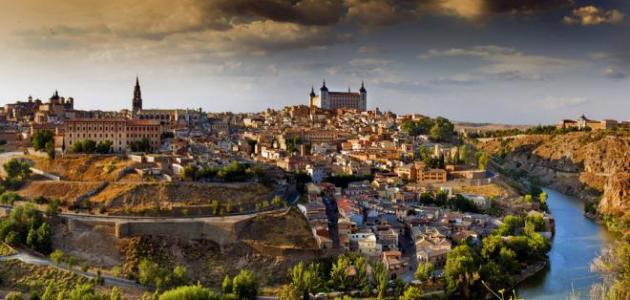Table of Contents
Alexandria
The Egyptian city of Alexandria is considered the second capital of the Republic, and it is called the bride of the Mediterranean Sea, and it occupies a space over the coastal line overlooking the Mediterranean Sea with a length of seventy square kilometers reaching the northwestern part of the Nile Delta, and this coastal city shares borders with Lake Mariout from the southern part And with the Mediterranean Sea from the northern side, and from the eastern side it is bordered by Abu Qir Bay and the city of Edko.
Alexandria is considered one of the ancient historical cities, which was built back to 332 BC by Alexander the Great. It is noteworthy that the city of Alexandria took a Greek layout, and the city was like chess, as it consisted of two streets that intersect at right angles. The city is affected by the mild climate prevailing in the region, as the Mediterranean climate is affected in most of the areas close to it, so its summers are hot, winters are mildly cold, rainy and relatively humid.
The Pharaonic monuments in Alexandria
It is worth noting that upon the arrival of the Greeks to the city they were able to find three statues of Ptolemy, and they were made on the Pharaonic character in addition to twenty-eight statues in the shape of the Sphinx, and some Pharaonic obelisks that the Ptolemies extracted from the city and smuggled them to Western countries, and the reason for taking These statues are the pharaonic shape due to the infatuation of the Egyptians and the Greeks with the Pharaonic art. It is noteworthy that the twenty-eight statues that took the shape of the Sphinx represented every king of the pharaohs kings, including a statue in the form of the Egyptian Queen Isis, and one of the most prominent traces of fleeing Awniya in Alexandria:
- Temple of the Black Head: The construction of this archaeological temple dates back to the end of the second century and the beginning of the third century AD. The temple contains a number of statues Kaizis, Osiris, and Farbokratis.
- Caesarion Temple: This temple includes two obelisks bearing the names of the kings of the pharaohs, namely: Tuthmosis III, Seti the First, and Ramses II, and it is reported that one of them had been transferred to London and the other to New York in 1877 AD.
- The pillar of masts: It was created by Postmus in the third century AD, and it is left of the Serapeum Temple. It is located on the hill of Bab Sidra, and it extends to more than twenty-seven meters. It is a pillar made of red granite stone.
- The Pharaonic Lighthouse: Where it is a symbol of the city because it is a beacon of culture and modern science that was formed by the Pharaohs, and it is indicated that history did not witness a lighthouse similar to it in terms of greatness, except that a devastating earthquake damaged the city during the twelfth and fourteenth centuries, and it flooded City.








